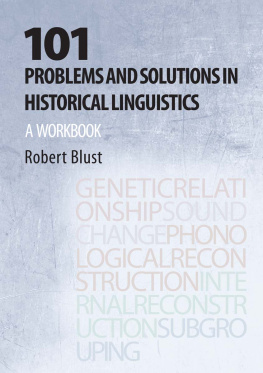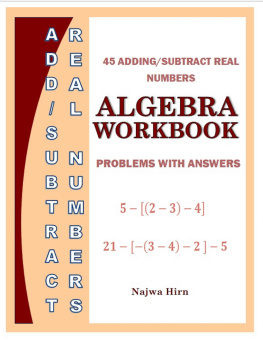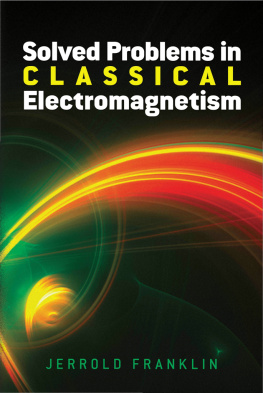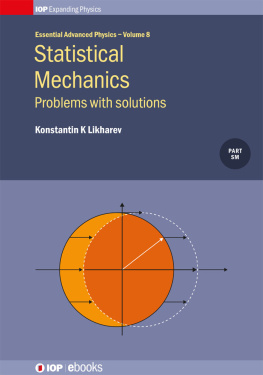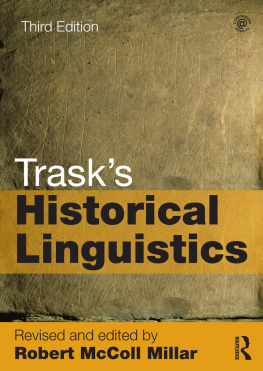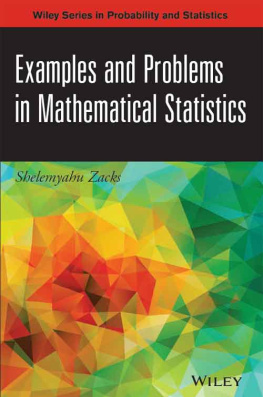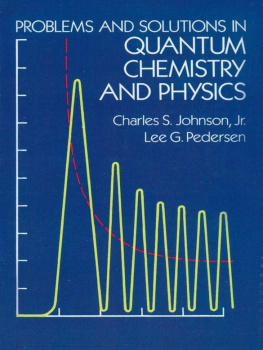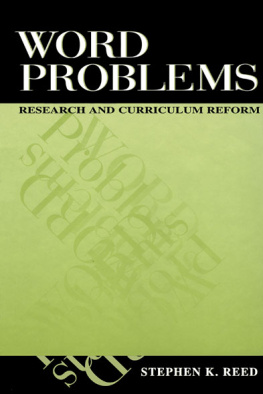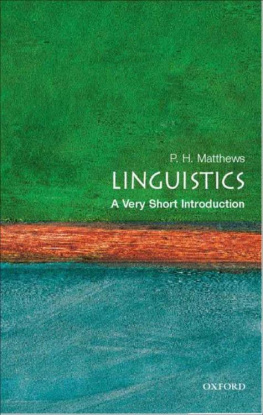
101 PROBLEMS AND SOLUTIONS IN HISTORICAL LINGUISTICS
101 PROBLEMS AND SOLUTIONS IN HISTORICAL LINGUISTICS
A WORKBOOK
Robert Blust
(With the editorial assistance of Hsiu-chuan Liao)

Edinburgh University Press is one of the leading university presses in the UK. We publish academic books and journals in our selected subject areas across the humanities and social sciences, combining cutting-edge scholarship with high editorial and production values to produce academic works of lasting importance. For more information visit our website: edinburghuniversitypress.com
Robert Blust, 2018
Edinburgh University Press Ltd
The Tun Holyrood Road, 12(2f) Jacksons Entry, Edinburgh EH8 8PJ
A CIP record for this book is available from the British Library
ISBN 978 1 4744 2923 8
The right of Robert Blust to be identified as the author of this work has been asserted in accordance with the Copyright, Designs and Patents Act 1988, and the Copyright and Related Rights Regulations 2003 (SI No. 2498).
CONTENTS
FOREWORD
I t is probably accurate to say that this book came about through a series of accidents. For many years the graduate programme in the Department of Linguistics at the University of Hawaii had a Preliminary Examination that was intended to screen students moving on to the Ph.D. from students who would stop at the M.A. This was a four-part, four-day sit-down exam that included: (1) phonology, (2) syntax, (3) historical linguistics, and (4) a general section designed to test creative thinking in often unpredictable ways. Each of the first three examinations was divided into an essay/short answer section that was given for three hours in the morning, and a problem-solving section that was given for another three hours in the afternoon. For about twenty years the writer was the principal architect of problems for the historical linguistics exam. When this method of screening was abandoned in 2009 the materials that had been developed over the years in each of these examinations were shelved, and in most cases forgotten.
Several years after the end of the Preliminary Examinations it occurred to me that the materials for the historical linguistics exam might be useful to graduate students in other linguistics departments, or to faculty who teach historical linguistics and are looking for good problems representing a range of issues. That was the beginning of the present work. I began with some thirty to forty problems in phonological reconstruction and subgrouping, mostly at an intermediate level of difficulty, and I decided that if this was to be a book it should be expanded by the inclusion of more problems representing beginning, intermediate and advanced levels, and a wider range of topics. The result is a workbook that now includes 101 problems in five separate categories: twelve on the establishment of genetic relationship among languages; twenty-four on sound change; thirty-five on phonological reconstruction; ten on internal reconstruction; and twenty on subgrouping.
At least one reviewer referred to the prepublication manuscript as a textbook, but this is a misconception that should be corrected at the outset. Textbooks are intended to lay out a comprehensive overview of a field of study, providing detailed discussion of method and theory, with data used mainly for illustrative purposes rather than hands-on exercises. A workbook has a different focus. Its purpose is to provide ample opportunity for students to analyse data relevant to the concepts they are learning, and to be shown the preferred solutions to the problems they work on, with discussion of various issues that may arise in the course of the analysis. Since there are a number of good textbooks in historical linguistics already, the present workbook should be viewed as a companion volume to be used in conjunction with a good textbook, not as a replacement for it. The misconception that this workbook is intended as a text probably arose, first, because a short discursive context is provided before each type of problem, and, second, because I provide a review of textbooks and workbooks at the end to highlight how little hands-on data are currently available for courses in historical linguistics.
I am extremely grateful to the many students over the years too many to name, or in some cases even recall who have caught errors or inconsistencies in some problems, and consequently helped to make them better. Lyle Campbell, who joined the University of Hawaii Linguistics Department late in his career, was generous in sharing resources to fill out my list of past publications that contain problems in historical linguistics, and I thank him sincerely for this contribution. Finally, I have been very fortunate in engaging the services of Hsiu-chuan Liao, a former professional editor, and 2004 Ph.D. from the University of Hawaii, who has used some of these problems in teaching historical linguistics at Tsing-hua University in Hsin-chu, Taiwan. Entirely on a volunteer basis she dedicated her considerable proofreading skills to catching a surprising number of errors and inconsistencies in an earlier version of the manuscript, and to recommending a number of improvements, most of which have been incorporated in the present version. I am very much indebted to her for the overall quality of the final product, and to her student Andrey Goderich Dmitrievskiy (aka Kuo Yu-hsien) who worked all of the subgrouping problems and drew my attention to several errors and inconsistencies.
It is my hope that both students and faculty with an interest in language history will find the contents of this workbook stimulating and challenging, and that by working through large quantities of carefully constructed data the overall conceptual framework of historical linguistics will be laid bare in a way that cannot easily be done without the integration of theory and data that is the hallmark of all mature sciences.
AUTHORS INTRODUCTION
T here has long been a pressing need for a good workbook in historical linguistics. On first encountering the subject students often must try to assimilate the conceptual structure of the field in the near absence of a hands-on approach to data. Where problems are given they typically suffer from four shortcomings. First, many lack clear-cut solutions. In the case of reconstruction problems, which are the most common type, this leaves the more enquiring individual wondering about possible undetected conditioning or additional proto-phonemes. Second, few texts which include problems provide solutions for the student to check, and where solutions are provided there is no discussion of the steps that should be followed to reach them, or why one solution is preferable to another. Third, even in the more complete workbooks we have (such as Cowan 1971), the focus is rarely on reconstructing whole forms, even though this is what the practicing historical linguist must do in working with real data. Finally, nearly all problems in published sources deal with sound change or phonological reconstruction, leaving a problem-solving approach to such focal topics as the establishment of genetic relationship or subgrouping untouched. The Appendix following the solutions is annotated to highlight these shortcomings in specific cases.
This workbook is intended to correct these deficiencies in the following ways. First, although natural language data are used in the twenty-four sound change problems and in all but one of the internal reconstruction problems, nearly all other problems use artificial data to ensure that an unambiguous solution is possible within the compass of a manageable set of material usually no more than twenty-five examples from three or four languages. Second, solutions are provided for all problems in . Third, in many cases the solutions are followed by a discussion of methodological or theroretical issues that arise in working on the problem, as well as an account of why the favoured solution has been chosen.
Next page
